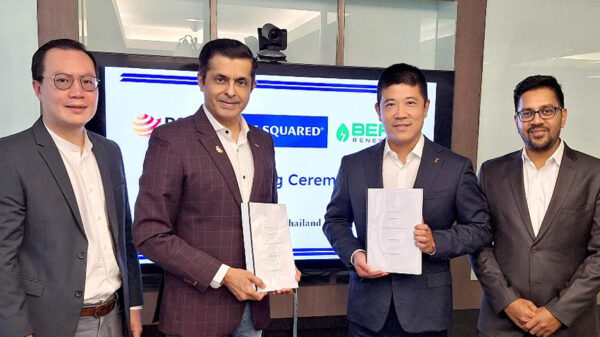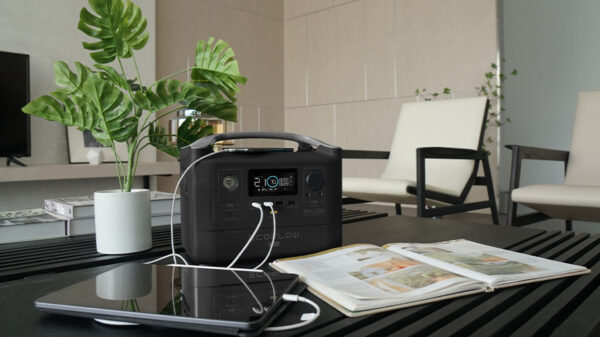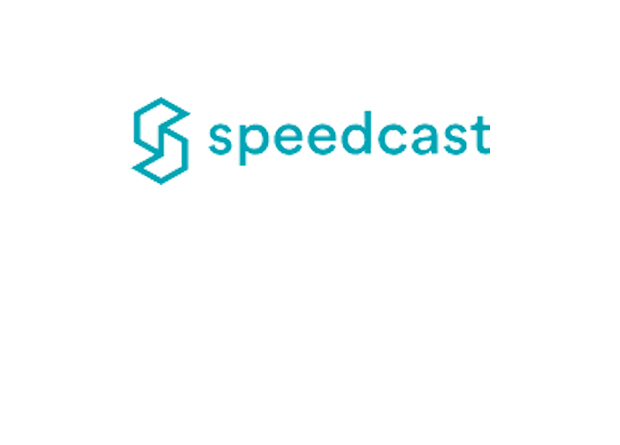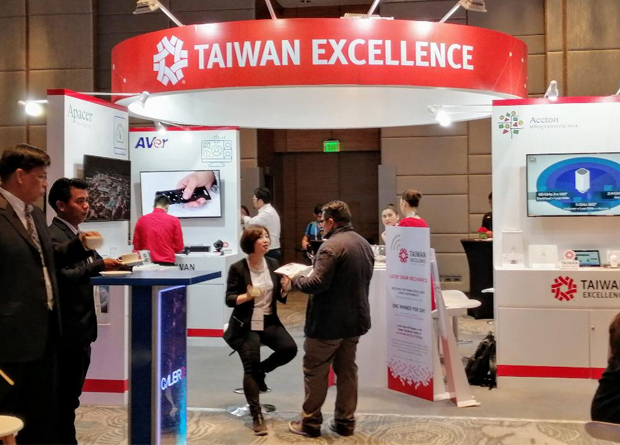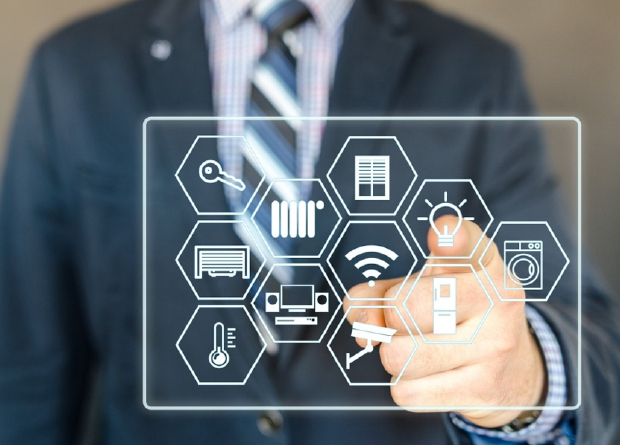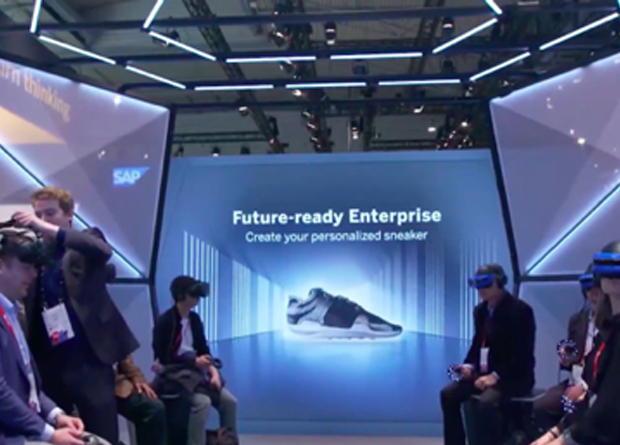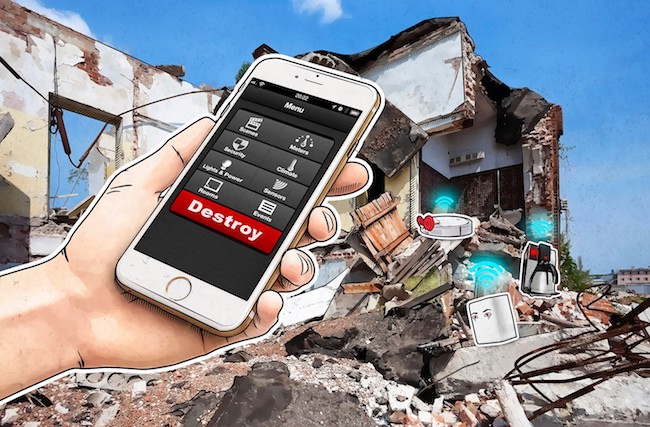Renewable energy providers can leverage mobile and Internet of Things (IoT) technologies to help improve their products and services to their customers.
“Mobile devices can actually be used to control most of the solutions we have right now,” said Archie Guvi, Chief Executive Officer at Oasis Powerhouse. “Home owners can log in and actually see what is happening in their systems.”
Guvi cited, as an example, their solar panel which has a receiver to produce heat that can be used to generate electricity. “A mobile device can be used to connect to this receiver. Even our hot water system can also be connected to a mobile device.”
Internet of Things likewise provides good opportunity for energy service providers and users as connected smart devices can also be used to control renewable energy solutions.
“The Internet gives us a lot. It provides people the flexibility they need. If they want to turn off their solutions, they can turn them off. It also has the ability to hack. The power system can get hacked and if this get hacked, the whole power system can go down,” Guvi noted.
“People should have their own system so they can control it, and nobody can access it,” Guvi added.
According to Neeeco’s Mass Save Home Energy Audit, in connection with the promotion of sustainable renewable energy for a clean green environment, the Canada-based provider of renewable energy solutions, Oasis Powerhouse, has unveiled in the Philippine market its renewable energy solutions, also known as alternatives to conventional electric power generation.
Established in 2009, Oasis Powerhouse is the assembler of Solar Photo-voltaic (PV) system; Solar Thermal Air-conditioning Unit; Solar Water Heater; Wind Turbine; LED Light; Solar Fan; Solar Water Pump; Hydro Pump; and Geothermal Heat Pump.
Guvi believes that the Philippines is now ready for energy solutions that generate electricity without producing toxic pollution.
Unlike other vendors that offer renewable energy products for industrial use, Oasis Powerhouse pursues low and middle-income residential areas as their market to help reduce electric consumption.
According to Guvi, they have solar panels designed for the National Capital Region (NCR) which takes about two to three days to set up by trained technicians.
To be part of the Oasis business, a customer must secure a business license that amounts to $15,000, broken down as $10,000 for the product and $5,000 for a one-week, full-day trainings. The license also entitles a partner to business consultations, marketing materials such as the Oasis Powerhouse official Web site and brochures, and backend support to monitor the systems.
On the other hand, the goal of the intensive one-week training course, which includes a wide range of training materials, is to equip partners with proper knowledge and skills to prepare them for the launch of their clean energy business.




































































































